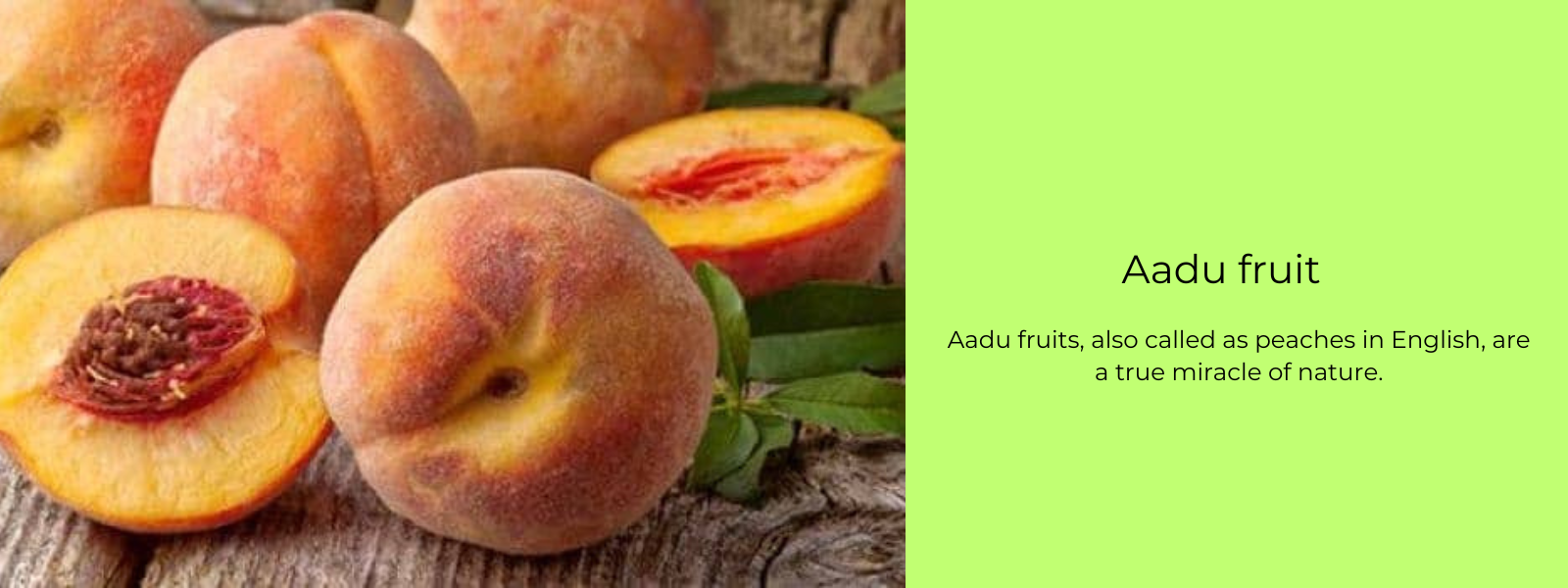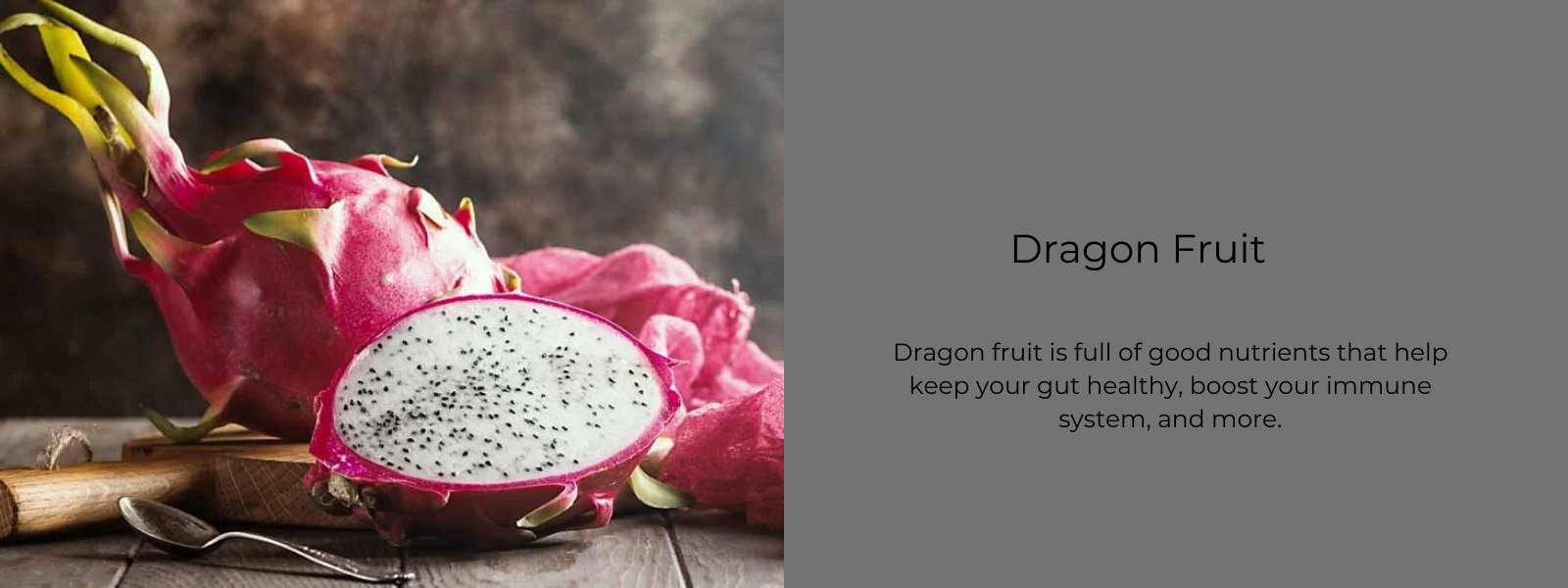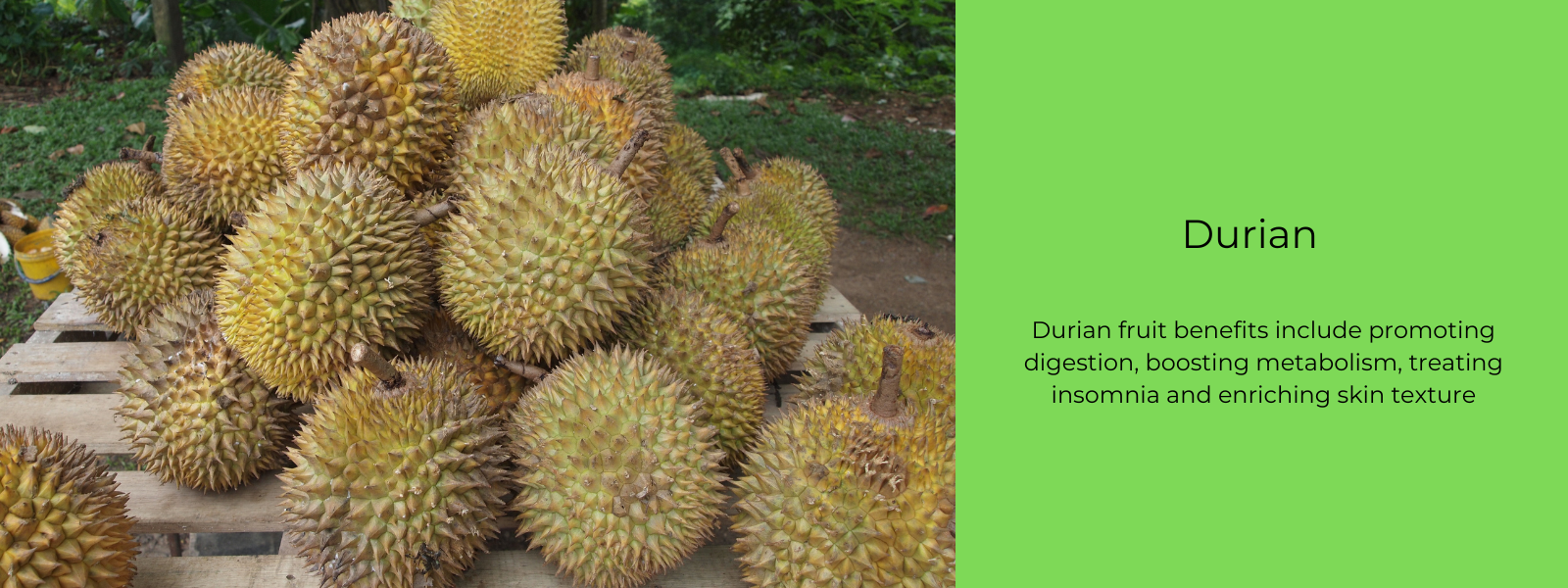Morinda citrifolia is a tree in the family Rubiaceae that has fruit. It comes from Southeast Asia and Australasia. Polynesian sailors brought it to other parts of the Pacific. The species is now cultivated and naturalised all over the tropics.
The strong, vomit-like smell of the fresh fruit has made it a famine food in most areas, but it is still a staple food in some cultures and has been used as medicine. It has been put on the consumer market as a supplement in different forms, like capsules, skin products, and juices.
Table of Contents
What is Morinda citrifolia?
Morinda citrifolia is a small tropical evergreen tree that grows in South-East Asia. Its whole fruit, juice, seed, leaf, bark, and root are used to make traditional medicines in Australia, the Pacific Islands, and South-East Asia. These parts of the plant have been shown to have anti-inflammatory, anti-cancer, and anti-oxidant properties.
Other names of Morinda citrifolia
Some of the more common English names for the fruit are great morinda, Indian mulberry, noni, beach mulberry, vomit fruit, and cheese fruit. There are about 100 different names for the fruit in different parts of the world.
Culinary use of Morinda citrifolia
Morinda citrifolia is sometimes called a "starvation fruit," which suggests that native peoples ate it when they were hungry. Even though the fruit had a strong smell and a bitter taste, it was eaten in times of famine and in some Pacific Islands, it was even a staple food, either raw or cooked. Southeast Asians and Australian Aboriginals eat the fruit raw with salt or cook it with curry. When roasted, the seeds can be eaten. The leaves are used as a green vegetable in Thai cooking.
Health benefits of Morinda citrifolia
Morinda citrifolia fruit, flowers, leaves, stems, and roots are used to treat ailments.
People take noni by mouth for colic, convulsions, cough, diabetes, painful urination, fever, liver disease, increasing menstrual flow, constipation, malarial fever, vaginal discharge during pregnancy and nausea. It is also used to treat smallpox, an enlarged spleen, arthritis, swelling, asthma and other bone and joint problems, colds, depression, cancer, cataracts, digestive problems, and gastric ulcers. It can also be used to treat high blood pressure, infections, kidney problems, migraines, premenstrual syndrome, stroke, and sleepiness.
Fruit juice is used to treat arthritis, diabetes, high blood pressure, muscle aches and pains, menstrual problems, headaches, heart disease, AIDS, cancers, depression, gastric ulcers, sprains, senility, poor digestion, circulation problems, and drug addiction.
The leaves have been used to treat pain and swelling in the joints caused by rheumatism, dysentery, stomachaches, and swelling caused by filariasis, an infection caused by parasites. A medicine made from the bark has been used to help women give birth.
Some people put noni on their skin. It is used to keep the skin moist and to slow down the signs of aging. For arthritis, the leaves are wrapped around the affected joint. For headaches, they are put on the forehead. For burns, sores, and wounds, they are put on directly. Abscesses are treated with a mixture of leaves and fruit, and the root is used to treat wounds from stonefish and stingrays and as a salve for smallpox. People with the parasitic organism leishmanial on their skin rub an ointment made from noni stem on their skin.










Leave a comment